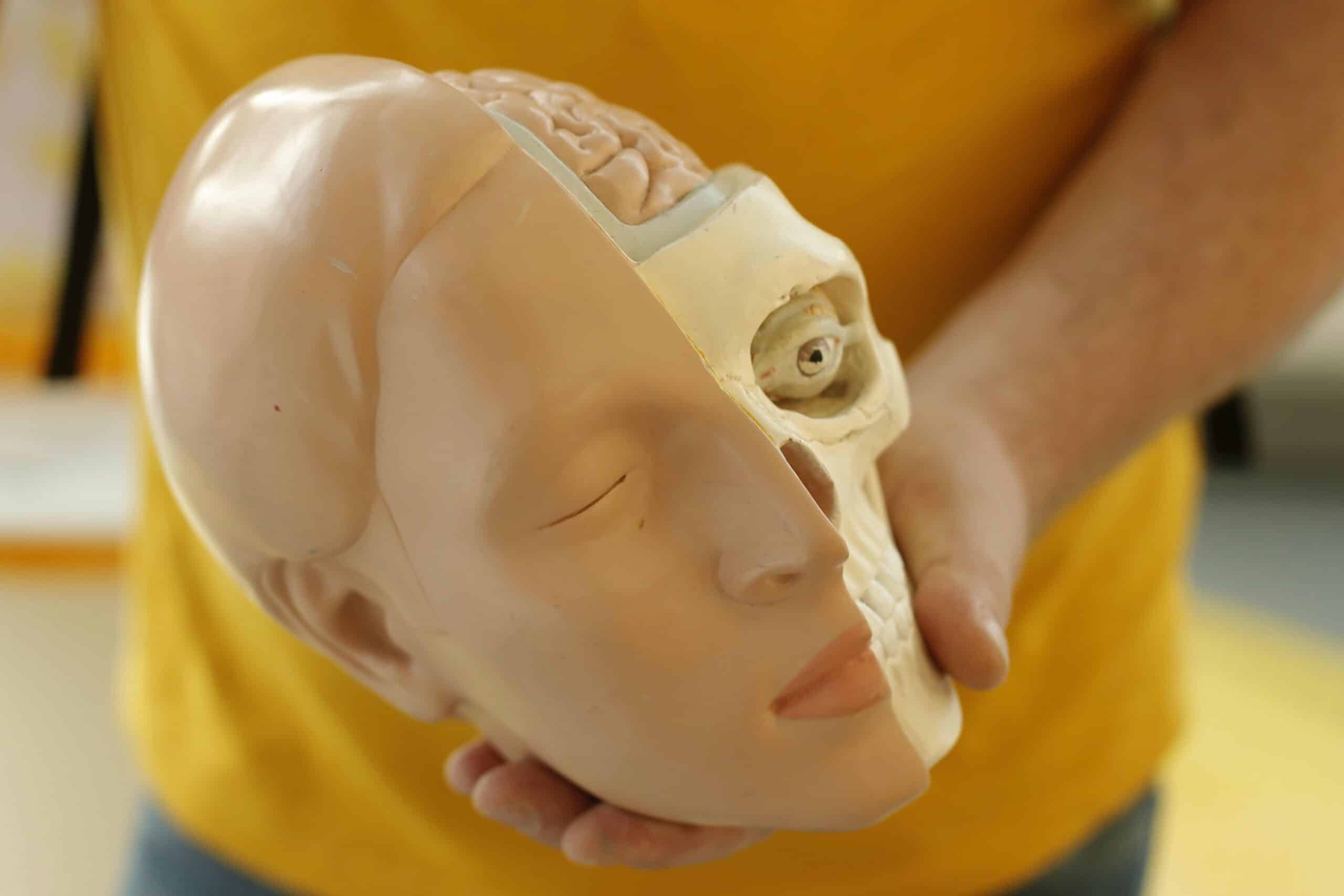Burn injuries can be one of one of the most painful and traumatic experiences one can withstand. Whether it's a minor cooking area incident or an extreme melt from a crash, recognizing the phases of shed wound recovery is essential for effective treatment and healing. In this post, we will certainly dig deep into the complexities of melt wounds, their classification, healing processes, and essential treatment techniques.
Understanding Burn Wound Recovery Organizes: Healing Insights
Burns are categorized right into various levels based upon their extent, each requiring particular medical attention and treatment. The healing process involves distinct phases that need to be identified to guarantee proper management and recovery.
What Are the Different Types of Burns?
Burns are typically classified into three primary types:
First-Degree Burns: These affect only the external layer of skin (skin). Signs include redness, moderate swelling, and pain.
Second-Degree Burns: These extend right into much deeper layers of skin (dermis), creating blisters, severe pain, and swelling.
Third-Degree Burns: These involve all layers of skin and might damage underlying cells. They appear white or charred and can be painless because of nerve damage.
Each kind demands varying degrees of clinical treatment and home treatment strategies.
The Healing Refine: An Overview
1. Hemostasis Phase
Immediately after a burn injury happens, the body starts the hemostasis stage to quit any bleeding. Blood vessels restrict to minimize blood flow to the affordable refresher first aid courses affected location while platelets aggregate to create a clot.
2. Inflammatory Phase
This stage complies with hemostasis and usually lasts for 3-5 days post-injury. It includes:
- Increased blood circulation to deliver immune cells. Swelling as fluids build up in the tissue. Pain as nerve endings end up being sensitized.
3. Proliferative Phase
Taking area from about day 3 to week 3 post-burn, this phase consists of:
- Formation of new cells via collagen deposition. Re-epithelialization where brand-new skin cells migrate throughout the injury bed. Angiogenesis-- the formation of new members vessels-- to provide nutrients to recovery tissues.
4. Makeover Phase
This final stage can last a number of months to years after a shed injury and is marked by:
- Maturation of collagen fibers. Decreased vascularity as frameworks mature. Potential for mark development relying on severity.
Importance of Specialized Burn Dressings: Important Burn Products for Home Care
Proper clothing is crucial in taking care of burn injuries effectively at home. Specialized burn dressings serve several functions:
- They safeguard versus infections by producing a barrier against pathogens. They keep moisture while allowing gases exchange which is essential for healing. Some dressings consist of antimicrobial residential or commercial properties that stop infection.
It's important to select suitable dressings based upon shed level and dimension. As an example, hydrogel dressings are usually advised for second-degree burns as a result of their cooling effect.
Scar Management: Recovering After Significant Burns
Once a burn has actually healed, mark administration ends up being necessary for bring back function and appearance:

Common Misunderstandings Concerning Burn Treatment
CPR Constantly Restarts Heart Myth: Debunking Common Burn Therapy Misconceptions
One prevalent myth surrounding CPR is that it constantly restarts the heart; nevertheless, this isn't true-- mouth-to-mouth resuscitation raises opportunities of survival yet doesn't guarantee heart task returns to quickly after cardiac arrest. Comprehending such misunderstandings can assist in giving exact emergency treatment during refresher training for cpr and first aid emergency situations including burns or various other extreme injuries.
FAQs concerning Burn Wound Healing
1. What ought to I do instantly after maintaining a burn?
Answer: Trendy the location under running water for a minimum of 20 minutes and cover it with a tidy cloth or specialized dressing if necessary.
2. For how long does it take for burns to heal?
Answer: Healing times differ by shed degree; first-degree burns typically heal within a week while second-degree burns can use up to 3 weeks or even more depending on severity.
3. When must I seek clinical focus for a burn?
Answer: Look for specialist help best hltaid011 course in melbourne if you have second-degree burns larger than three inches or any type of third-degree burns, no matter size.

4. Can I make use of ice directly on a burn?
Answer: No, using ice straight can cause additional skin damages; usage cool (not chilly) running water instead.
5. Exists any kind of efficient natural home remedy for burns?
Answer: Aloe vera gel has calming buildings that might assist with small burns however seek advice from doctor relating to significant injuries.

6. How do I understand if my shed is infected?
Answer: Indicators consist of enhanced soreness, swelling, pus discharge, high temperature, or intensifying pain; seek prompt medical recommendations if you suspect infection.
Conclusion
Understanding burn wound recovery stages is crucial not simply for clients yet also caretakers that offer support throughout recuperation stages. Knowledge concerning specialized therapies-- like specialized dressings-- and proactive mark monitoring dramatically impacts lasting end results after major burns occur.
Through understanding campaigns that highlight safety around usual risks like campfires or kitchen tools-- such as crinkling irons-- we can protect against lots of cases prior to they occur! By knowing exactly how to react with efficient first aid skills (like those educated in HLTAID012 training courses), you encourage on your own with beneficial tools that secure lives during emergencies involving burns or various other serious injuries.
In summary, expertise really is power when managing possible emergency situations associated with burns-- from recognizing therapy methods like chemical or electric burns emergency treatment guidelines down through different child-centric issues seen within education and learning settings-- every detail matters in guaranteeing safety!
This extensive guide intends not only to notify yet additionally motivate self-confidence in handling complex situations efficiently-- after all-- prevention combined with timely intervention saves lives!